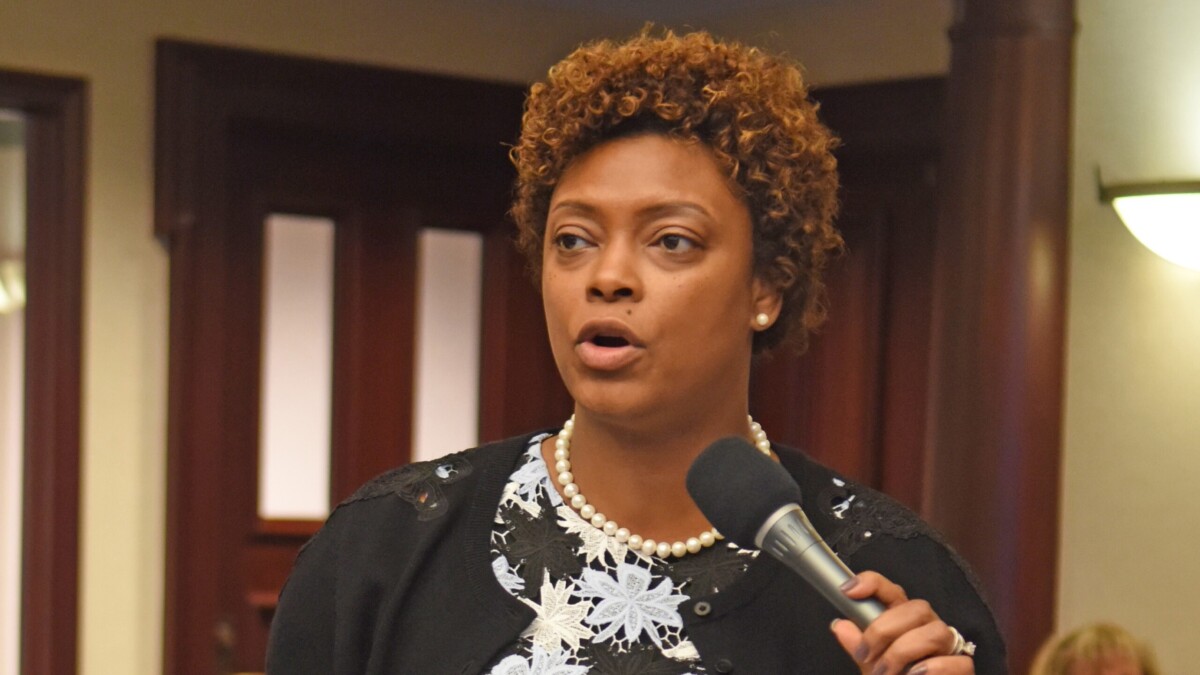
The Democratic Party has an opportunity to make a statement in the Sunshine State and they could do it in Jacksonville.
That is, if Kamala Harris or Tim Walz want to actually visit the state between now and November.
Polling continues to show a margin-of-error race; the latest poll, released Friday by Emerson College, shows Donald Trump leads in Florida 50% to 45% — not bad for a R+7 poll in a state with 1 million more GOP registrants than Democrats. It’s 51% to 48% when “leaners” are thrown into the mix, also.
And it’s even worse for Republicans down ballot; Rick Scott leads Debbie Mucarsel-Powell by 1 point.
The narrative of the presidential election right now is that a handful of battleground states, such as Georgia and North Carolina in the South; Michigan, Wisconsin, and Pennsylvania in the Blue Wall/Rust Belt; and Arizona and Nevada out west will decide the whole thing in November.
Yet data shows that a backlash against Republicans, who have exploited their registration advantage in Florida to pass everything from a near-total abortion ban to bringing chaplains into K-12 classrooms, may be brewing in the state.
And that context raises a two-part question: Are Democrats doing enough to win Florida? And is it worth their trouble to do more?
Last week, party leaders came to Jacksonville as part of a bus tour of the state, and the Florida Democratic Party chair was enthusiastic.
“Kamala Harris knows that if you want to win the state of Florida, you’ve got to win Duval,” said Chair Nikki Fried.
Jaime Harrison, the chair of the Democratic National Committee, offered remarks that seemed somewhat less committal about the Harris ticket’s ability to win the state.
“Polls will say something, registration numbers will say something else, but the most important thing is the end result. Who goes to the polls on November 5th here in Florida. And so that’s what we’re focusing on like a laser,” he said.
Harrison told POLITICO Florida that Harris “has a shot” in the state.
“I keep saying to folks, they’re going to be surprised on election night about what happens in the state, that you can’t give up on Florida,” he said by phone.
Harris indeed has a shot. But the question is whether or not ammo is in her budget.
She definitely can afford it! On Friday, her campaign reported more than $400 million cash on hand, with $361 million raised last month. August receipts nearly tripled Trump’s $130 million haul over the same period, and he has less than $300 million on hand.
The Harris campaign seems willing to manufacture earned media via surrogate visits, but all indications are that they won’t go deeper … even though they have the resources to do so.
A memo to reporters Friday proclaimed “more than 312 coordinated campaign offices and more than 2,000 coordinated staff across the battleground states, including offices in Republican strongholds to cut into Trump’s margins” and a “$370 million investment on digital and television advertising between Labor Day and Election Day to ensure the vice president is directly communicating to battleground voters.”
But Florida, despite polls close to the margin of error, isn’t getting that kind of investment.
And despite four major media markets – ours along with Miami, Orlando, and Tampa – the actual principals on the ticket aren’t bothering to make a play.
That’s a mistake.
There is no reason for Harris not to take a page out of Barack Obama’s 2008 book. And that page should include a rally in Jacksonville, which conveniently (for “battleground” purposes) includes Southeast Georgia in its media market.
The Democratic nominee’s rally at Metropolitan Park was talked about for years after it happened, and for obvious reasons. In a city where the Bush machine had gotten significant political cover, Obama’s rally was a reason he not only won the state in 2008 but also in 2012.
Coming to Jacksonville as a candidate doesn’t guarantee Harris a win, of course. But there are no guarantees in any state this cycle. And Harris has campaigned recently in New Hampshire, a state where polling is as much in her favor as it is to Trump’s advantage in Florida. This suggests her campaign understands the map is more dynamic than it might initially appear.







